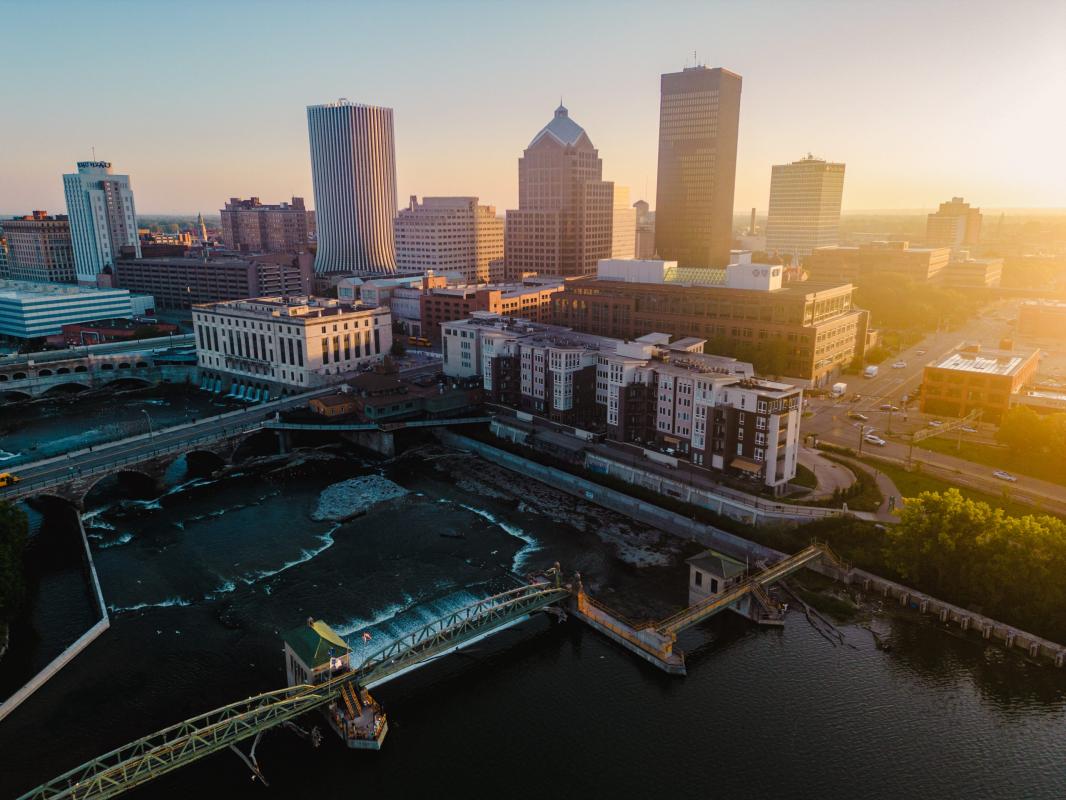Seagrass Restoration: Bids To Revitalize Scotland's Coastal Ecosystem

Table of Contents
The Importance of Seagrass in Scotland's Coastal Ecosystem
Seagrass meadows are often referred to as the "blue forests" of the ocean, and for good reason. Their importance to Scotland's coastal ecosystem is multifaceted and crucial for the health of our seas.
Biodiversity Hotspot
Seagrass beds provide a rich and diverse habitat, supporting a complex food web. They act as nurseries and feeding grounds for a wide variety of species.
- Fish: Cod, plaice, and sea bass rely on seagrass for shelter and food.
- Invertebrates: Numerous crustaceans, shellfish, and worms inhabit seagrass meadows, forming a vital link in the food chain.
- Marine Mammals: Species like seals and porpoises utilize seagrass areas for foraging and resting.
The presence of seagrass is directly linked to the abundance of commercially important fish species, supporting sustainable fisheries and Scotland's fishing industry. The biodiversity within these ecosystems is essential for a healthy and resilient marine environment.
Carbon Sequestration and Climate Change Mitigation
Seagrasses are incredibly efficient at capturing and storing atmospheric carbon dioxide – a process known as blue carbon sequestration. They sequester carbon at a rate significantly higher than many terrestrial forests. Estimates suggest that seagrass meadows can store up to twice as much carbon per unit area as terrestrial forests. This makes seagrass restoration a vital tool in mitigating the effects of climate change in Scotland and globally. The restoration and protection of these vital carbon sinks are crucial to meeting Scotland's climate change targets.
Coastal Protection and Erosion Control
Extensive seagrass meadows act as natural buffers, protecting coastlines from erosion. Their dense root systems stabilize sediments, reducing coastal erosion and protecting valuable coastal habitats and infrastructure. The economic benefits are significant, reducing the costs associated with coastal defenses and protecting coastal communities and properties from damage. Examples of coastal communities directly benefiting from the protective role of seagrass meadows in Scotland are numerous, particularly in areas with vulnerable shorelines.
Current Seagrass Restoration Projects in Scotland
Several ambitious seagrass restoration projects are underway in Scotland, employing various techniques to revive these vital ecosystems.
Methods Employed
Restoration methods vary, but common approaches include:
- Seed Collection and Sowing: Harvesting seeds from existing healthy meadows and sowing them in degraded areas.
- Transplanting: Transplanting shoots or plugs of seagrass from healthy areas to restoration sites.
- Habitat Enhancement: Improving water quality and sediment conditions to encourage natural seagrass regeneration.
Organizations like the University of Glasgow, various NGOs, and government agencies like NatureScot are actively involved in these projects, collaborating to maximize impact and share knowledge.
Challenges and Obstacles
Seagrass restoration is not without its challenges. Key obstacles include:
- Pollution: Runoff from agriculture and industry can negatively impact water quality, hindering seagrass growth.
- Climate Change Impacts: Rising sea temperatures and increased storm frequency can damage seagrass meadows.
- Invasive Species: The spread of invasive species can outcompete native seagrasses.
Successful restoration requires ongoing monitoring and adaptive management strategies to address these challenges effectively. Regular assessments are critical to ensure the long-term health and resilience of restored seagrass beds.
Funding and Support
Securing adequate funding is crucial for the success of seagrass restoration. Various sources contribute, including:
- Government grants and initiatives.
- Funding from conservation charities and trusts.
- Private sector investments and corporate social responsibility programs.
Public awareness campaigns are vital to garner greater support for seagrass conservation and attract further investment in restoration projects.
Future Outlook and the Potential for Success
The long-term success of seagrass restoration depends on several key factors.
Long-Term Monitoring and Evaluation
Comprehensive and ongoing monitoring is essential to assess the effectiveness of restoration efforts. Key metrics include:
- Seagrass cover and density.
- Species richness and biodiversity within the restored meadows.
- Carbon sequestration rates.
Utilizing advanced technologies such as remote sensing can improve the efficiency and accuracy of monitoring.
Collaboration and Community Engagement
Successful seagrass restoration requires a collaborative approach, involving scientists, policymakers, local communities, and other stakeholders. Community engagement initiatives can foster a sense of ownership and responsibility, promoting the long-term sustainability of restored ecosystems. Raising public awareness about the importance of seagrass is critical to securing continued support and ensuring the protection of these vital ecosystems for future generations.
Conclusion
Seagrass restoration offers a powerful approach to revitalizing Scotland's coastal ecosystems, enhancing biodiversity, mitigating climate change, and strengthening coastal resilience. While challenges exist, ongoing projects demonstrate the potential for significant progress. The future of Scotland's coastlines depends on the continued success of seagrass restoration projects. Learn more, get involved, and help protect these vital ecosystems for generations to come!

Featured Posts
-
 Se Enfrentaran Canelo Y Ufc En Mexico
May 05, 2025
Se Enfrentaran Canelo Y Ufc En Mexico
May 05, 2025 -
 Investing In Middle Management A Key To Employee Engagement And Business Success
May 05, 2025
Investing In Middle Management A Key To Employee Engagement And Business Success
May 05, 2025 -
 Mayotte Plus Anciennement Francaise Que Nice Pourquoi Ce Traitement Different Rokhaya Diallo
May 05, 2025
Mayotte Plus Anciennement Francaise Que Nice Pourquoi Ce Traitement Different Rokhaya Diallo
May 05, 2025 -
 Andrew Cuomos Undisclosed Nuclear Startup Stock Options A 3 Million Question
May 05, 2025
Andrew Cuomos Undisclosed Nuclear Startup Stock Options A 3 Million Question
May 05, 2025 -
 Hate Crime Attack On Palestinian American Family Results In 53 Year Prison Sentence
May 05, 2025
Hate Crime Attack On Palestinian American Family Results In 53 Year Prison Sentence
May 05, 2025
